Last month (Sept-2025), my neighbour’s Golden Retriever nearly died from eating just three grapes that fell from their toddler’s snack plate. That terrifying experience made me realize how many pet parents, including myself, don’t fully understand the everyday foods that can turn from treats into deadly threats for our furry family members.
As someone who’s shared meals with pets for over fifteen years, I thought I knew the basics. But after extensive research and conversations with veterinarians, I discovered that our kitchens are filled with hidden dangers that could put our beloved companions at serious risk.
Table of Contents
The Reality of Pet Poisoning
Every year, the ASPCA‘s Animal Poison Control Center receives over 200,000 calls about pet poisonings. What’s most shocking is that nearly 20% of these cases involve common human foods that we consume safely every day.
The difference between a harmless treat and a fatal mistake often comes down to species-specific metabolism differences that many loving pet owners simply don’t know about.
The Deadliest Offenders: Foods That Can Kill
Chocolate – The Sweet Silent Killer
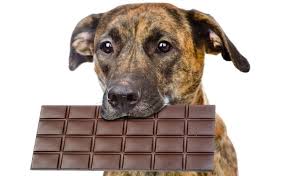
Chocolate contains theobromine and caffeine, two compounds that dogs and cats cannot metabolize effectively. While we humans process these substances quickly, our pets’ bodies struggle, leading to a dangerous build-up that can cause heart problems, seizures, and death.
What makes it worse: Dark chocolate and baking chocolate contain the highest levels of theobromine, making them exponentially more dangerous than milk chocolate. Even small amounts can be toxic – as little as one ounce of dark chocolate can poison a 10-pound dog.
Warning signs to watch for: Restlessness, hyperactivity, trembling, vomiting, diarrhea, increased heart rate, and seizures.
Warning signs to watch for: Restlessness, hyperactivity, trembling, vomiting, diarrhea, increased heart rate, and seizures.
These topics may also interest you:
- Interesting Facts about Reptiles and Amphibians
- List of Indie/ Desi Dog Breeds
- How to manage yeast infection in dogs
Grapes and Raisins – The Mystery Toxin
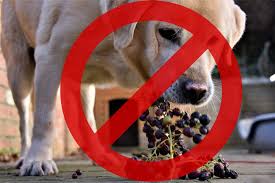
The exact toxic component in grapes remains unknown, but recent research suggests tartaric acid might be the culprit. What we do know is terrifying: even small amounts can cause acute kidney failure in both dogs and cats.
The unpredictable danger: Not every pet reacts the same way to grapes, but there’s no way to predict which animals will be affected. Some dogs can eat grapes with no apparent issues, while others experience kidney failure from just one or two grapes.
Emergency symptoms: Vomiting within hours, lethargy, loss of appetite, and increased thirst or urination.
Onions and Garlic – The Blood Cell Destroyers
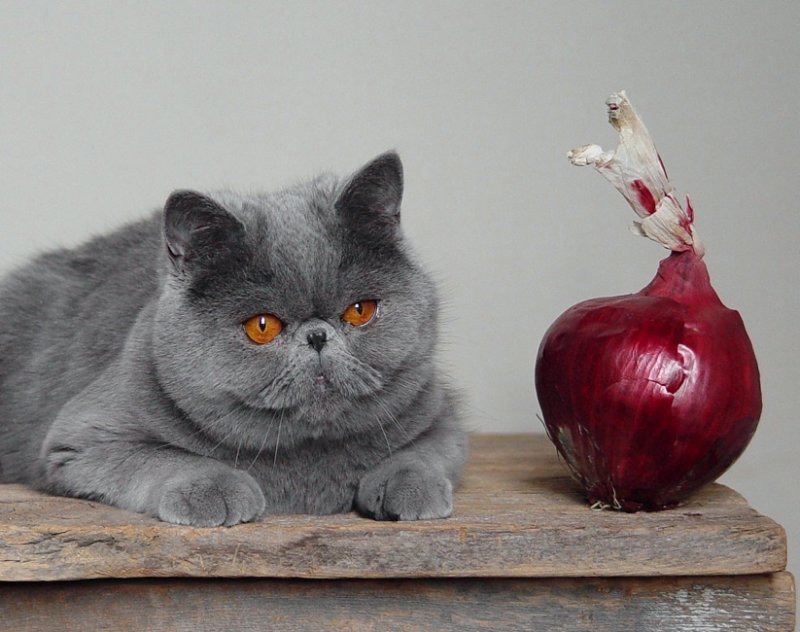
These kitchen staples contain compounds that damage red blood cells in dogs and cats, leading to anaemia. What’s particularly dangerous is that cats are even more sensitive than dogs – their haemoglobin is two to three times more susceptible to oxidative damage.
Hidden in everyday foods: Garlic and onion powder in processed foods, seasonings, and baby food can be just as dangerous as fresh varieties.
Signs of poisoning: Weakness, pale gums, lethargy, and in severe cases, jaundice.
These topics may also interest you:
- Different types of cats that people have as pets
- Animal Cruelty must be completely forbidden
- How can we protect the animals in winter
The Sneaky Dangers Most People Miss
Xylitol – The Sugar-Free Nightmare
This artificial sweetener found in sugar-free gum, candy, peanut butter, and even some medications can be deadly for dogs. While cats seem less affected, it’s still best avoided completely.
How it kills: Xylitol causes a rapid drop in blood sugar in dogs, potentially leading to liver failure. The reaction can happen within 15-30 minutes of ingestion.
Common hiding places: Sugar-free products, diet foods, vitamins, medications, and even some children’s vitamins.
Raw Eggs
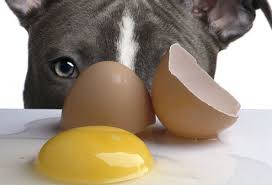
Raw eggs are not good for dogs and cats as they can cause digestive problems. Cooked eggs can make a healthy addition for dogs and cats but there is no nutritional benefit in feeding raw eggs to dogs or cats.
Avocado – The Healthy Food That Isn’t
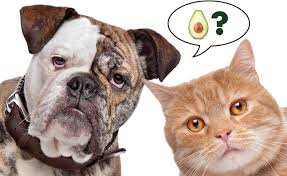
While avocados are a superfood for humans, they contain persin, which causes gastrointestinal upset in pets and can be deadly in larger amounts. The pit also poses a choking hazard and intestinal blockage risk.
These topics may also interest you:
Macadamia Nuts – The Paralysis Inducer
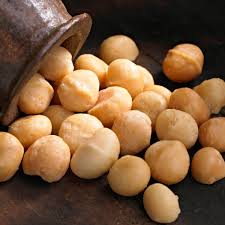
These expensive nuts can cause weakness, depression, vomiting, tremors, and hyperthermia in dogs. While the exact toxic component isn’t known, even small amounts can cause significant problems.
Yeast
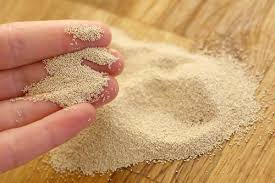
Yeast is dangerous for cats and dog, as it can expand in their stomach and cause organs to tear and twist or mild bloating. Yeast can cause severe allergies in cats. Though dogs and cats are both prone to this toxicity, cats are more sensitive to it. They can get sick by consuming yeast.
These topics may also interest you:
Cat-Specific Dangers
Alcohol – Zero Tolerance Policy
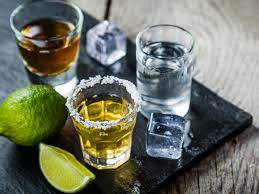
Even a teaspoon of alcohol can cause alcohol poisoning in cats. Their smaller size means alcohol affects them much more severely than dogs, potentially causing liver and brain damage.
Raw Fish and Meat – The Parasite Problem
Raw salmon can contain the neorickettsia helminthoeca parasite, which can be fatal to cats. Raw eggs contain avidin, an enzyme that blocks biotin absorption, affecting skin and coat health.
Dairy Products – The Lactose Issue
Many adult cats become lactose intolerant, making milk and dairy products difficult to digest. While not immediately toxic, dairy can cause uncomfortable digestive upset.
These topics may also interest you:
Emergency Warning Signs: When Every Second Counts
Recognizing the symptoms of food poisoning in pets can mean the difference between life and death. Here are the red flags that require immediate veterinary attention:
Immediate emergency symptoms
- Collapse or inability to stand
- Seizures or tremors
- Severe vomiting or diarrhea
- Difficulty breathing
- Pale or blue-tinged gums
- Excessive drooling or foaming at the mouth
Concerning symptoms that need prompt care
- Lethargy or unusual weakness
- Loss of appetite
- Excessive thirst or urination
- Unsteady gait
- Irregular heartbeat
These topics may also interest you:
- Surprising flea facts for dogs and cats
- Why Dogs are Man’s Best Friend?
- What to Expect When You’re Expecting a New Puppy: A Guide for First-Time Owners
What to Do in a Poisoning Emergency
Stay calm but act quickly. Panic won’t help your pet, but swift action will.
Don’t induce vomiting unless specifically instructed by a veterinarian. Some substances can cause more damage coming back up.
Gather information: Note what was consumed, how much, and when. Keep packaging or take photos.
Contact help immediately: Call your veterinarian, emergency animal clinic, or the Pet Poison Helpline.
Safe Alternatives: Foods Your Pets Can Enjoy
Not everything in your kitchen is off-limits. Here are some human foods that are actually beneficial for pets:
Dogs and cats can safely enjoy
- Cooked chicken (plain, no seasoning)
- Carrots (raw or cooked)
- Green beans (fresh or cooked, no salt)
- Plain rice (white or brown)
- Cooked salmon (no bones or seasoning)
- Plain pumpkin (not pie filling)
Dog-safe options
- Peanut butter (xylitol-free only)
- Plain yogurt (in moderation)
- Blueberries
- Sweet potatoes
These topics may also interest you:
- How to Introduce Your Cat to Other Pets
- 10 Surprising benefits of having a cat in your life
- Common health problems in cats and how to prevent them
Prevention: Creating a Pet-Safe Kitchen
Secure storage: Keep all potentially dangerous foods in sealed containers or high cabinets.
Educate family members: Ensure everyone in your household knows the rules, especially children who might share snacks.
Check ingredients: Always read labels, especially for xylitol in sugar-free products and peanut butter.
Create designated pet areas: Establish safe zones where your pets can be while you’re cooking or eating.
The Bottom Line: Love Means Saying No
Our pets don’t understand that the foods we enjoy might harm them. They see us eating and naturally want to share the experience. But true love sometimes means denying those pleading eyes and keeping our human foods to ourselves.
The statistics are sobering: food poisoning cases in pets have increased significantly over the past decade, largely due to well-meaning pet parents who simply didn’t know better. Don’t let your beloved companion become another statistic.
When in doubt, stick to species-appropriate treats designed specifically for your pet. Your veterinarian can recommend safe alternatives that will satisfy your pet’s desire for variety without putting their health at risk.
Remember, the few seconds of joy your pet gets from a “forbidden” treat isn’t worth the potential hours of agony or the possibility of permanent damage. Keep this guide handy, share it with other pet parents, and let’s work together to keep our furry family members safe from these hidden kitchen dangers.
Emergency contacts to keep readily available
- Your regular veterinarian
- Nearest emergency animal hospital
- ASPCA Animal Poison Control Center
Your pet depends on you to keep them safe. Now that you know the risks, you can make informed decisions that protect the health and happiness of your beloved companion for years to come.
These topics may also interest you:
- 10 Common Health Issues in Hamsters and How to Treat Them
- Why Hamsters Are The Best Small Pets For Kids
- The Benefits of Adopting an Older Dog – Give Them a Second Chance
- 10 Reasons Why Dogs Make the Best Pets – Adopt a Dog Today
- How to protect pet dogs, cats and strays from heat wave
- 10 Tips for Traveling with Your Dog: Making Trips Hassle-Free
- How to Introduce a New Cat to Your Home
- 10 Pet Animals For Emotional Support
- Types Of Pet Allergies and How to Treat Them
- Why I Started This Blog Page?


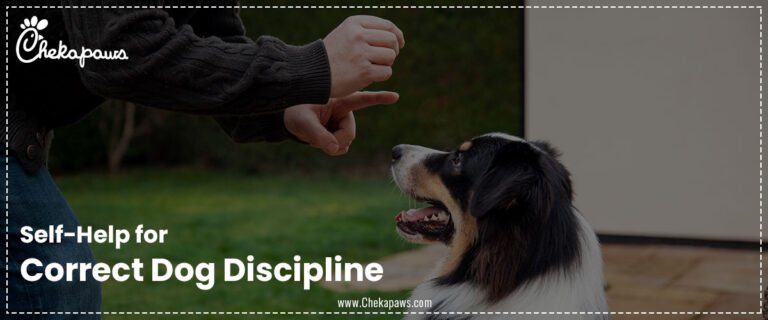





Nice it is helpful Ji pretty Vrinda
Thanks for the information vrinda this is vry helpful
Thanks fr the information vrinda..